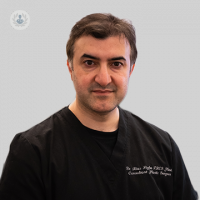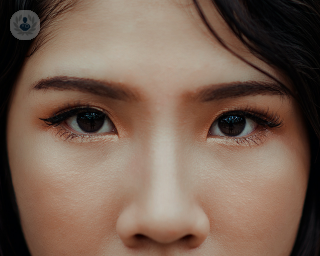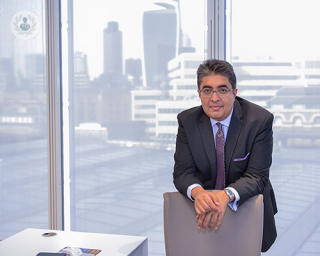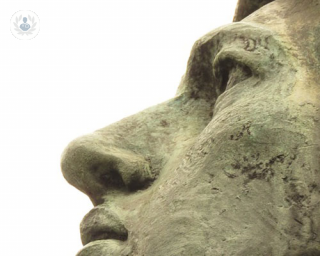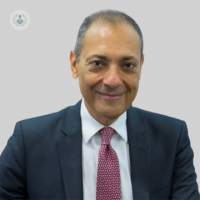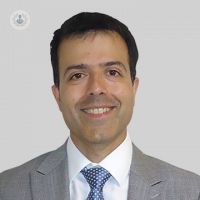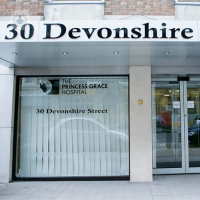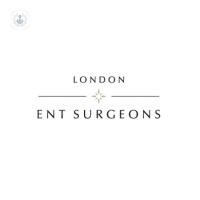Septorhinoplasty
Mr Riaz Agha - Plastic surgery
Created on: 10-02-2015
Updated on: 04-27-2023
Edited by: Conor Dunworth
What is it?
Rhinoseptoplasty is a type of plastic surgery performed to correct and reconstruct the nasal septum (bridge) for aesthetic and medical purposes. This is what makes the difference between rhinoseptoplasty and a simpler rhinoplasty (which only aims at aesthetically enhancing the nose) or a septoplasty (which only corrects and reconstructs the nose for medical purposes). This procedure yields better results when doing a mild remodelling and reconstructing.
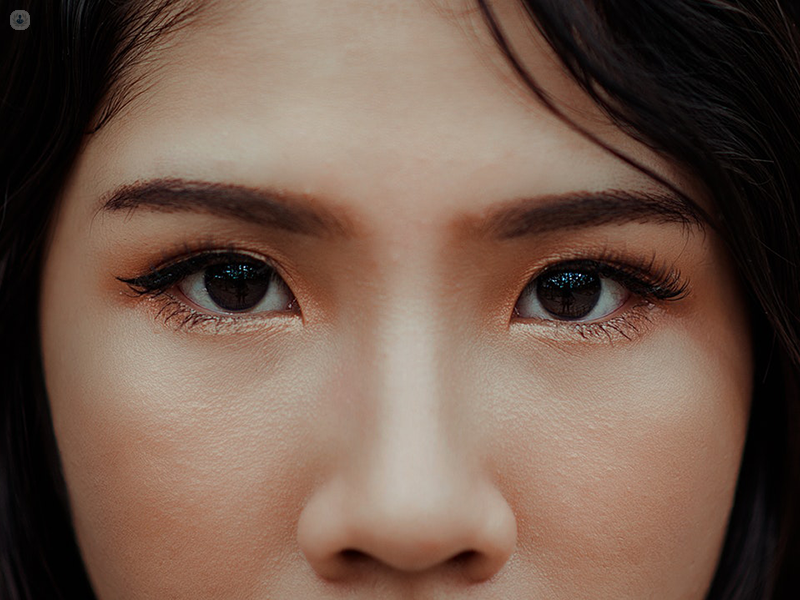
What is it for?
From a strictly medical angle, rhinoseptoplasty is usually done to treat any problems arising from a deviated septum. Other potential issues include:
- Respiratory impediments, caused by an obstruction due to the deviated septum
- Trouble falling asleep
- Dry mouth from breathing with your mouth
- Rhinorrhoea (getting frequent nosebleeds)
From an aesthetics angle, any kind of defect can be corrected; there are several different types of aesthetics enhancements to the nose available.
How does it work?
Before the surgery, you will be given either local anaesthetics or general anaesthetics.
During the septoplasty phase, the surgeon will make an incision on your septum. If the remodelling is simple enough, the surgeon will be able to reposition the septum without needing to move it first. Otherwise, the surgeon will have to remove the septum, straighten it up and place it back within the nose. After that, the surgeon will suture the nose up.
The rhinoplasty can be either a closed procedure (by making an incision within the nose) or an open procedure (by making an incision at the base of the nose). After the surgery, an external cast will be placed on your nose, which will be removed less than a week after the procedure.
How can I prepare for it?
Before the surgery, you need to:
- Schedule a visit with the surgeon to talk about the procedure, what results you expect and to go through your medical history;
- Have an ECG, blood pressure measurement, blood test and urine test;
- If you smoke, quit smoking and stop taking anticoagulants and platelet aggregation inhibitors, to avoid any complications (such as epistaxis) during the procedure.
Post-operative progress
You will be in hospital for one day after the surgery. However, complete recovery may take several months (from three months to a whole year in some cases). It is fairly common to feel pain in your nose and have some nosebleeds in the week immediately after the surgery.
You should avoid smoking in the days after surgery. You should also avoid any strenuous physical activity, keep your head lifted up while sleeping and make sure you don’t blow your nose for some time after the procedure.
You can go back to work roughly one week after the rhinoseptoplasty. The plastic surgeon will generally recommend periodic check-ups to monitor the recovery process.
